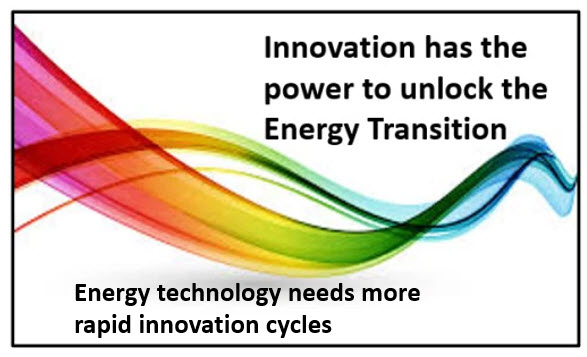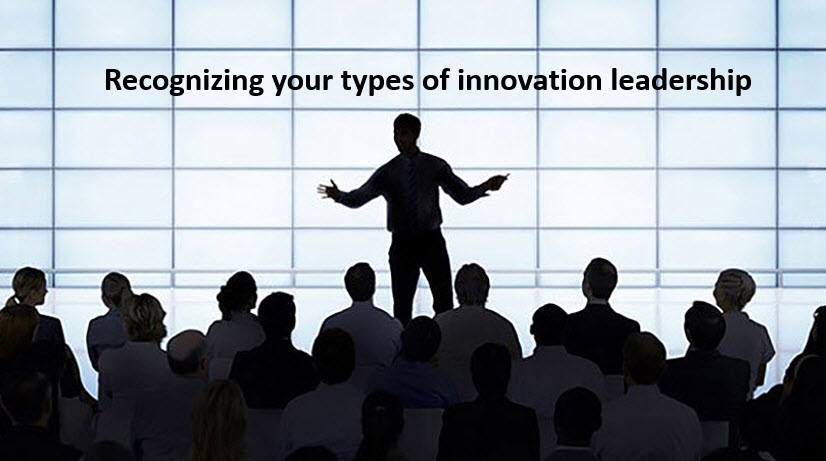
Last week, Siemens had a really valuable virtual event called their “Digital Enterprise SPS Dialog“. Those that missed it you can watch previous sessions on-demand at any time via “Recordings”. They provided an outstanding virtual showroom packed full of innovations, product presentations and use cases are exhibited in an exciting real 3D environment. The platform and all on-demand assets will be available until January 29th 2021.
The “Digital Enterprise SPS Dialog” had 56 3d-exhibits in 12 topic areas, more than 130 product presentations, 3 real factory showcases with 21 stage presentations involving over 38 speakers. By registering you can view “on-demand” selectively or watch the whole event, explore the showrooms and simply learn, evaluate and assess what these concepts would mean for you in your own Industry 4.0 journey, to a more highly automated and connected environment.
I said it at the time, and I repeat it: “The event was, for me, the best virtual event of this very strange and weird year we have all been caught up in“. For Siemens, they also commented this was quite a milestone to be achieved in the field of virtual events. It delivered a lot. My initial post “Siemens SPS Dialog.” might be worth also picking up upon.
By being virtual, the insights provided has advanced my understanding of what is being offered in Siemens Digital solutions significantly and would give any clients a terrific understanding of Siemens combined physical and digital offerings.
An event showcasing critical aspects of the factory of the future Continue reading “Building our understanding of the factory of the future”


 Ecosystems and Platforms are our pathways to a new innovation future. Ecosystems have suddenly become of age, as they can be formed around common concepts fairly rapidly, they can enable cross-cutting innovation to be delivered in highly collaborative ways. They can, through shared platforms achieve a closer relationship with the customer, to understand their needs and experience through increased collaboration, and engagement.
Ecosystems and Platforms are our pathways to a new innovation future. Ecosystems have suddenly become of age, as they can be formed around common concepts fairly rapidly, they can enable cross-cutting innovation to be delivered in highly collaborative ways. They can, through shared platforms achieve a closer relationship with the customer, to understand their needs and experience through increased collaboration, and engagement.

 We first need to recognize that there are twin forces at work, feeding off each other. We are facing greater disruption and an increasing innovation pace.
We first need to recognize that there are twin forces at work, feeding off each other. We are facing greater disruption and an increasing innovation pace. 

